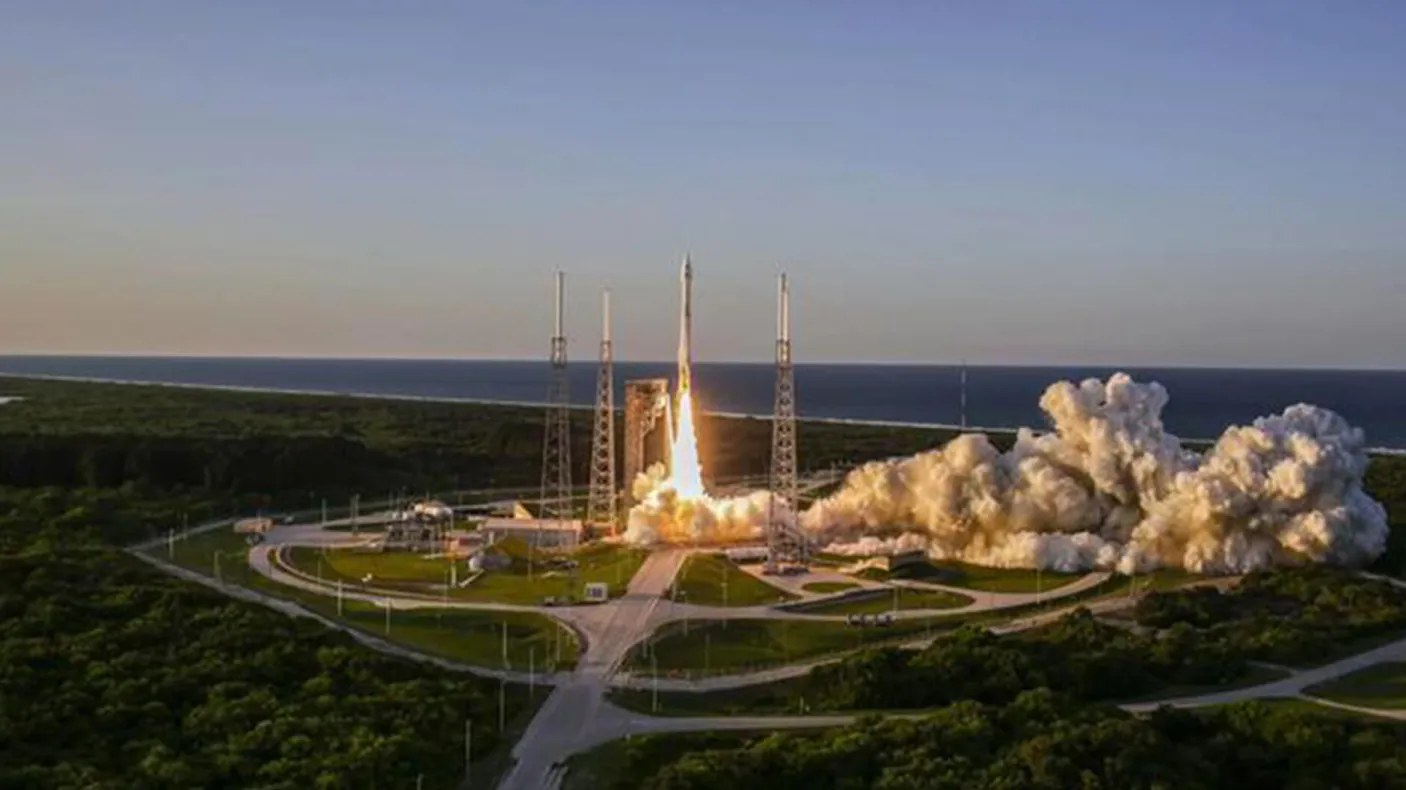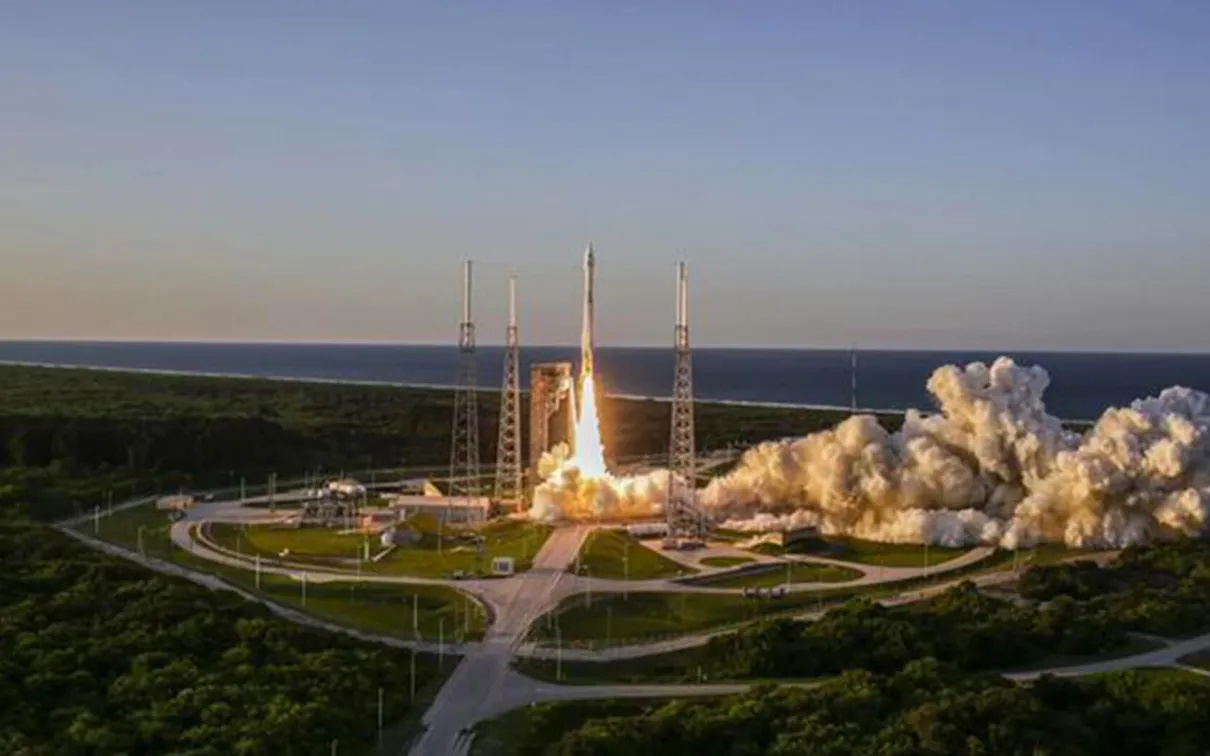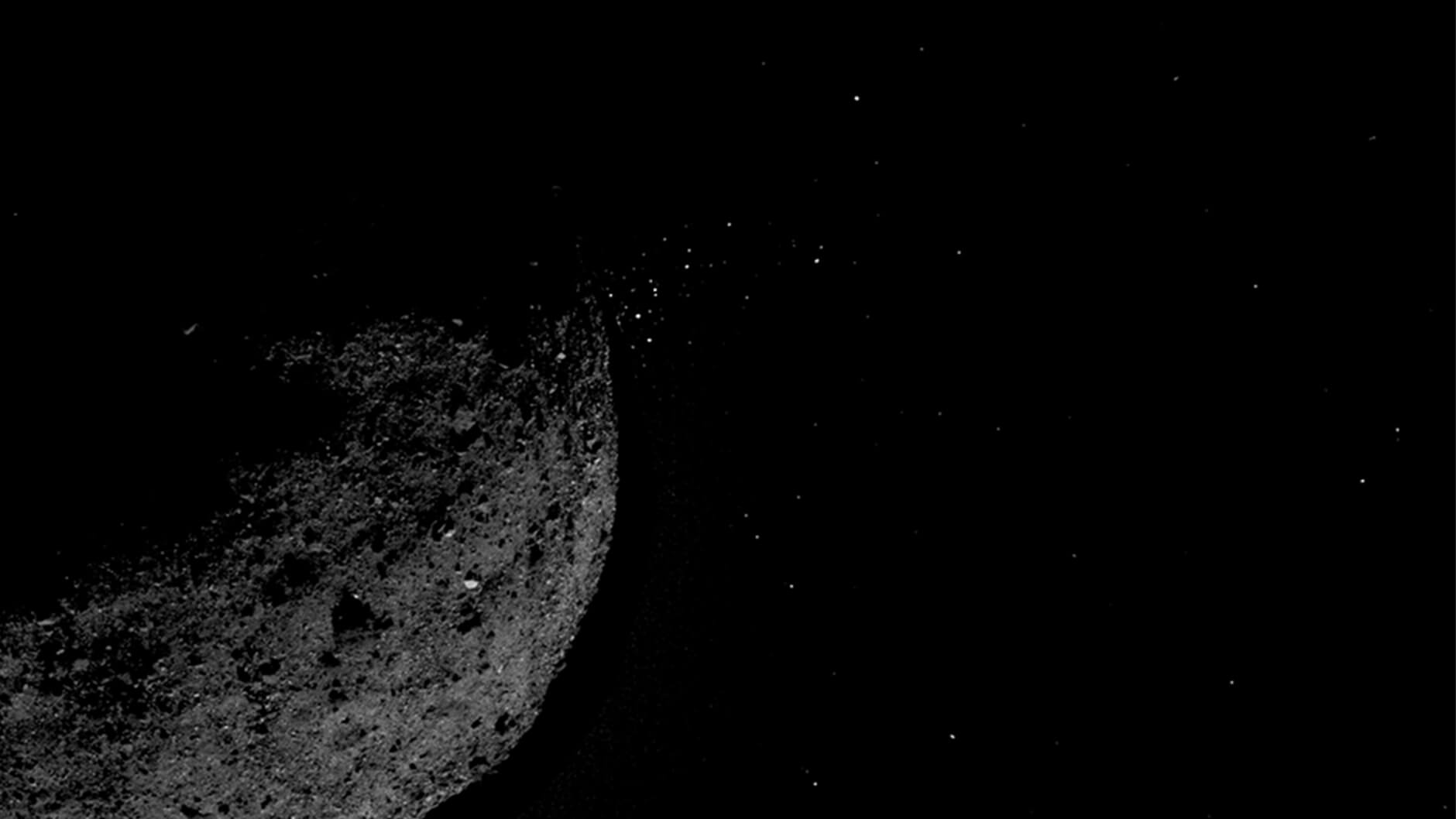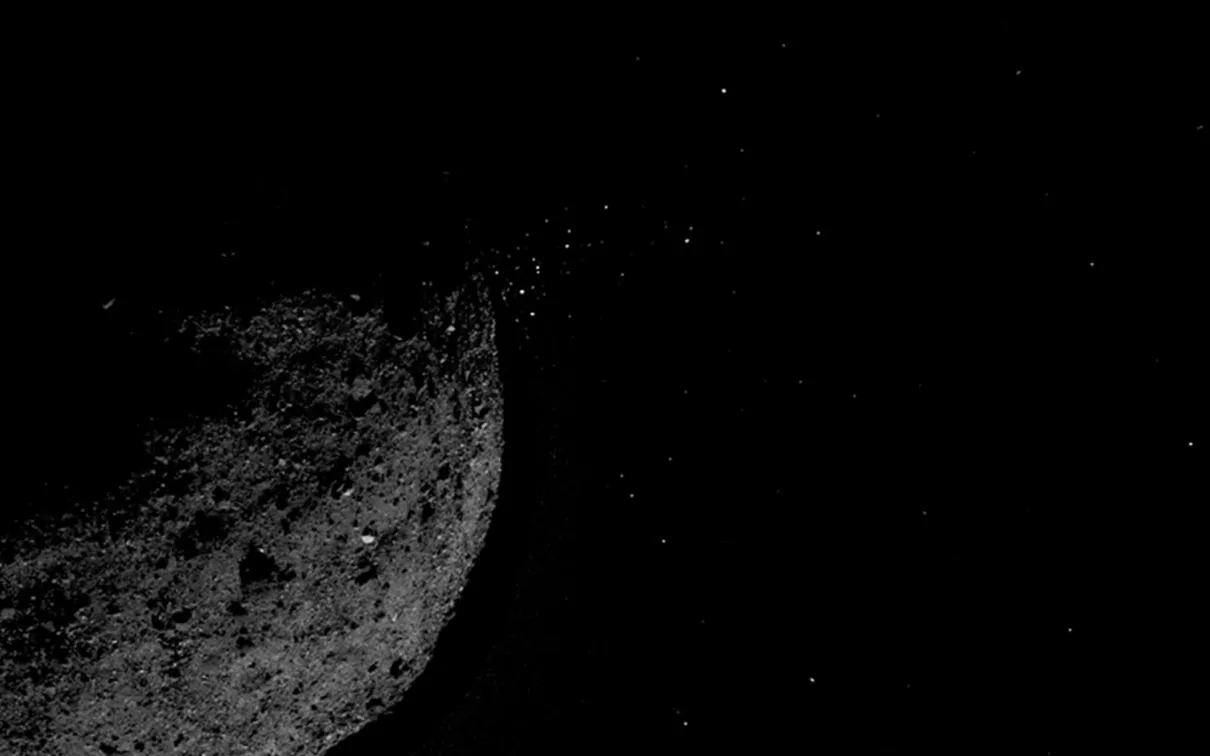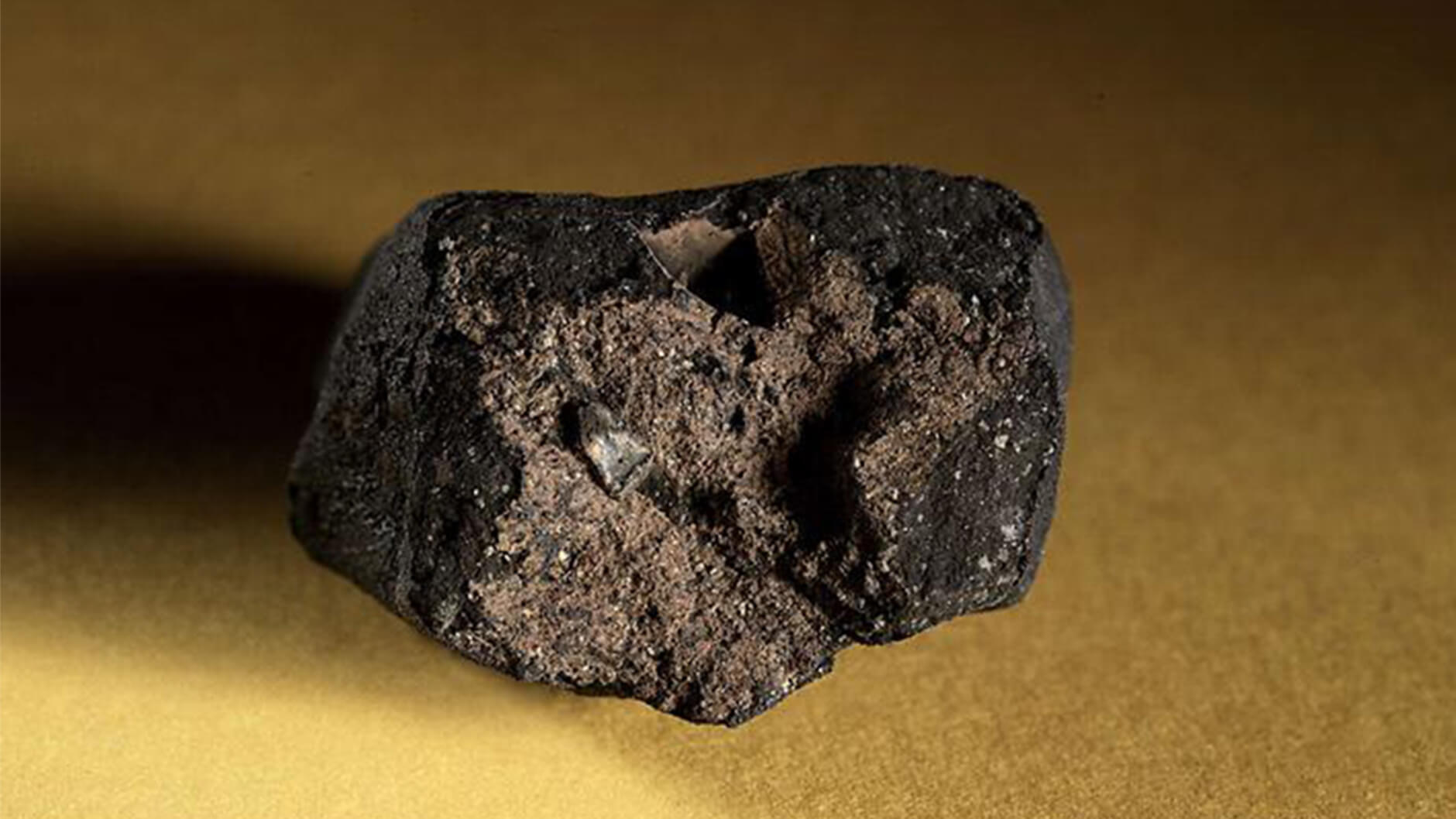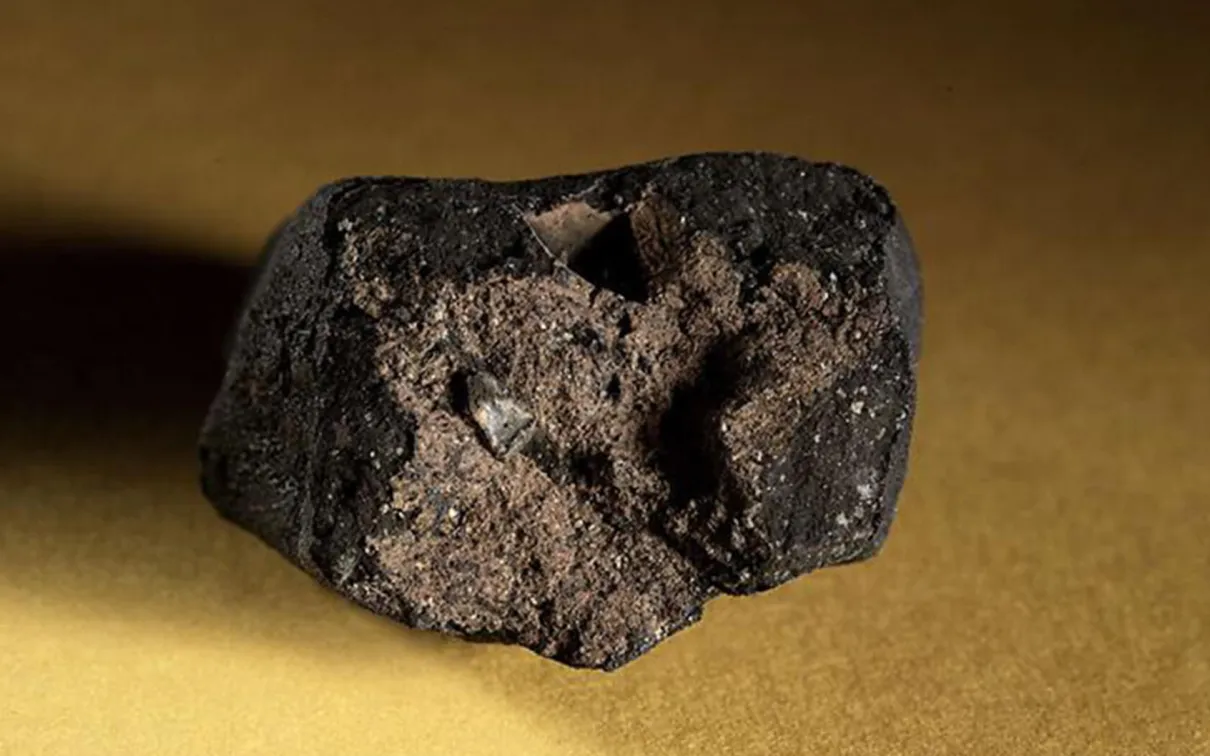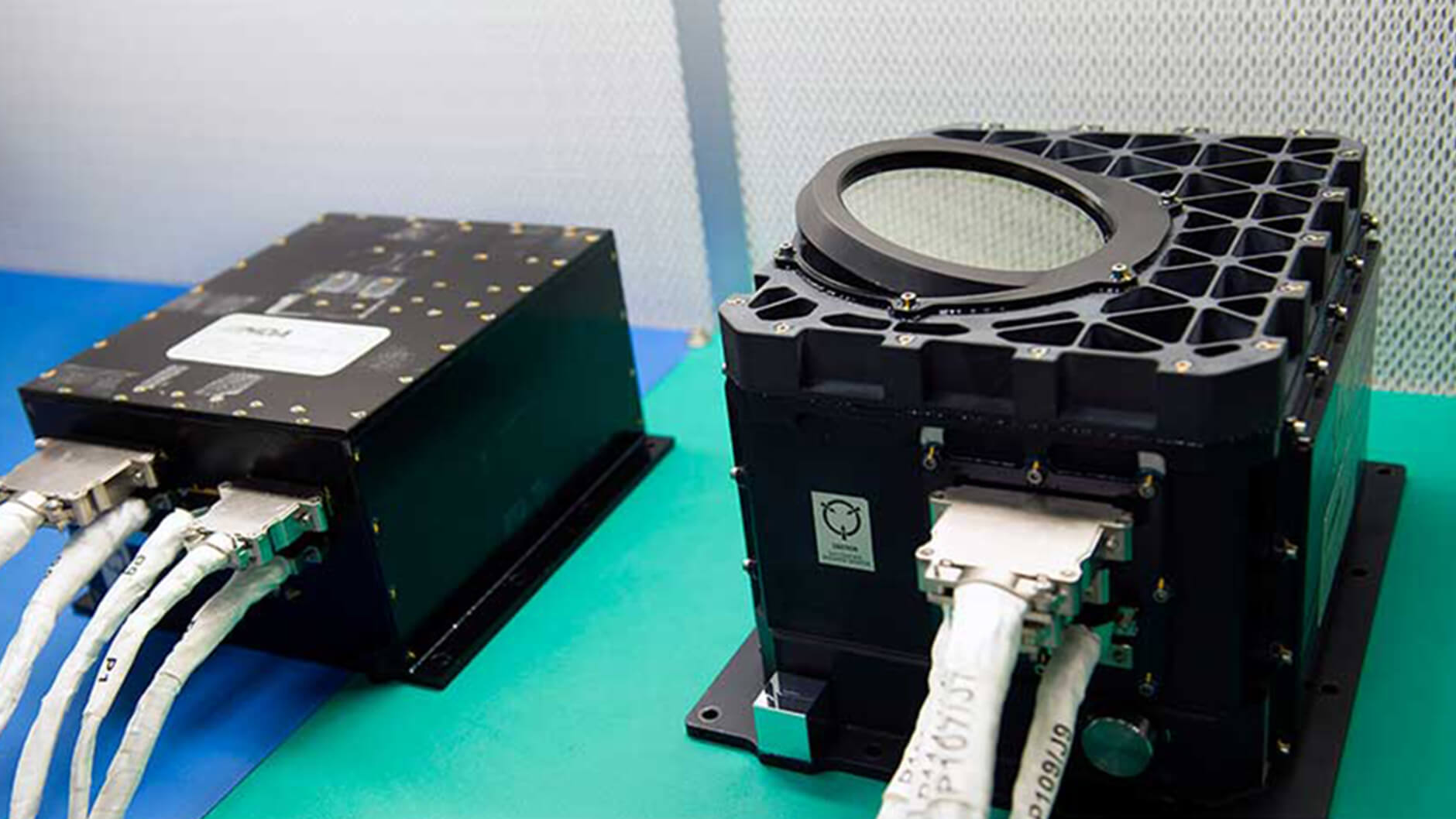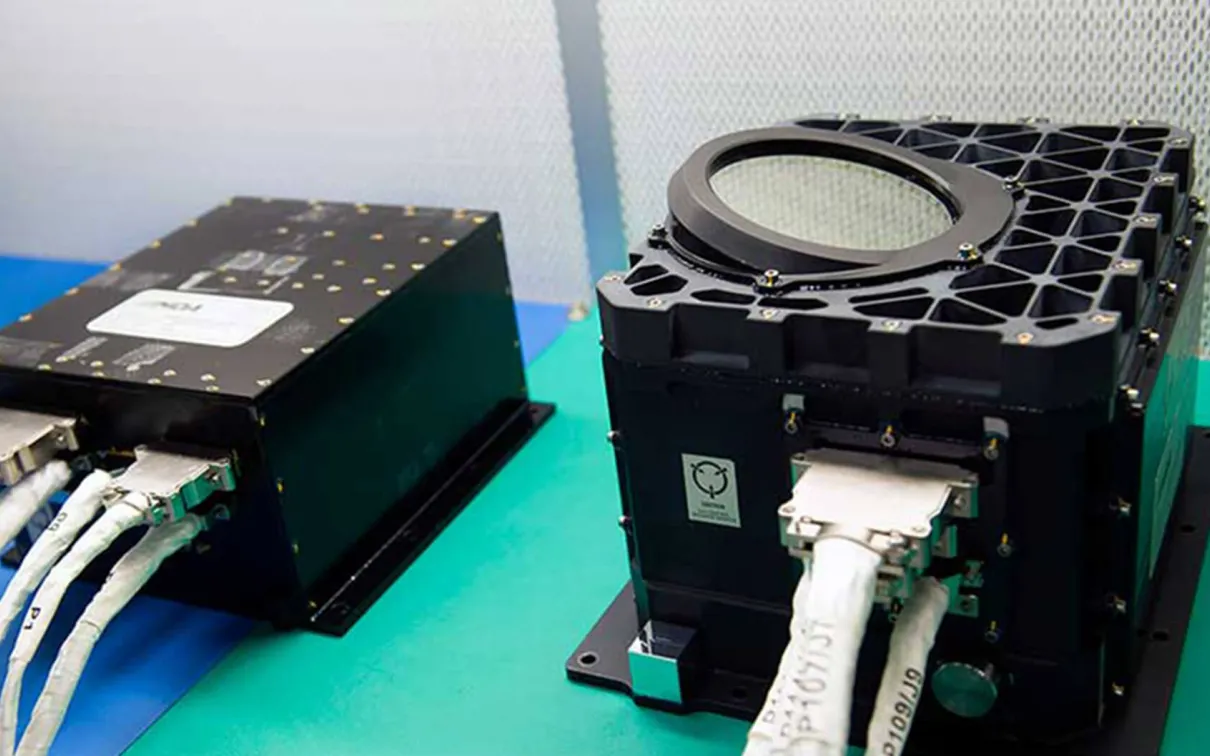Understanding the solar system’s earliest rocks
A historic moment for NASA as spacecraft approaches descent on asteroid for sample collection.
OSIRIS-REx is a NASA-led mission
OSIRIS-REx is a NASA-led mission to study a near Earth asteroid named Bennu. The mission’s primary goal is to obtain a sample of at least 60 grams (2.1 oz) from Bennu and to return this material to Earth in 2023 to allow scientists to study it. OSIRIS-REx (Origins, Spectral Interpretation, Resource Identification, Security, Regolith Explorer) was launched four years ago on September 8, 2016 and reached the proximity of Bennu on December 3, 2018. It has been analyzing the surface of this asteroid for several months, identifying the chosen landing site dubbed Nightingale. Samples will be collected on October 20, 2020 and will then start making its journey back to Earth. The samples will return to Earth on September 24, 2023.
Why Bennu?
Bennu is a C-type asteroid (carbonaceous). C-type asteroids contain a large amount of carbon and are considered to be “primitive” or having undergone little geological change, since they formed very early in the beginning of the Solar System.
TAGSAM
On October 20, 2020 OSIRIS-REx will use TAGSAM (Touch-and-Go-Sample-Acquisition-Mechanism) to collect material from the surface of Bennu. TAGSAM is an articulated arm on the spaceraft with a round sampler head.
During the Touch-and-Go maneuver (TAG), the sampler head will be extended toward Bennu, and the round sampler head will be pushed against the asteroid’s surface for about five seconds—just long enough to obtain a sample. At that time, puffs of nitrogen gas will blow onto the surface to kick up dust and small pieces of rock, which will be captured by the TAGSAM head.
Overhead view of OSIRIS-REx at sample site Nightingale, with a parking lot for comparison. Credit: NASA/Goddard/CI Lab/University of Arizona.
Tagish Lake
One of the most similar sample to samples that will be returned from Bennu is a meteorite in the ROM’s collection called Tagish Lake. Tagish Lake is a carbonaceous chondrite, just meaning it has a large amount of carbon in it and looks similar charcoal briquette. The Tagish Lake meteorite landed January 18, 2000 onto a frozen lake in northern British Columbia/southern Yukon. A resident Jim Brooke driving across the lake, noticed the black rocks scattered and carefully collected them. They have remained frozen since! The ROM has the main mass (largest piece) on display in the Teck Suite of Galleries and the other pieces the ROM has are in an ultra cold freezer in the Curatorial Centre.
Canada’s role in this mission
On the spacecraft there are ten different instruments that are used together to study Bennu. The Canadian Space Agency (CSA’s) contribution to the mission is the instrument OLA (OSIRIS-REx Laser Altimeter) that can scan the asteroid from up to seven kilometres away. Dr. Kim Tait, Senior Curator of Mineralogy and Teck Endowed Chair of Mineralogy is a scientist that is assisting on this mission. Her role is to study samples in the ROM’s collection and teach students on how to study these samples so that we are ready to make measurements on the samples when they return in 2023.
Analyzing the samples returned by this mission could revolutionize our understanding some of the earliest moments in the beginning of the solar system and possibly the origin of water and life on Earth.
Analyzing the samples
Analyzing the samples returned by this mission could revolutionize our understanding some of the earliest moments in the beginning of the solar system and possibly the origin of water and life on Earth.
Kim Tait
Kim Tait is Teck Chair of Mineralogy at the ROM.

